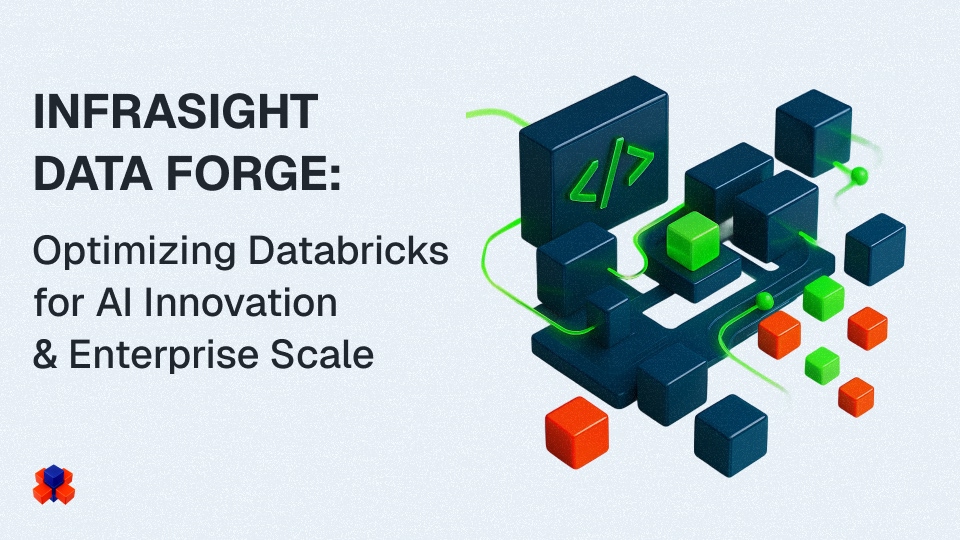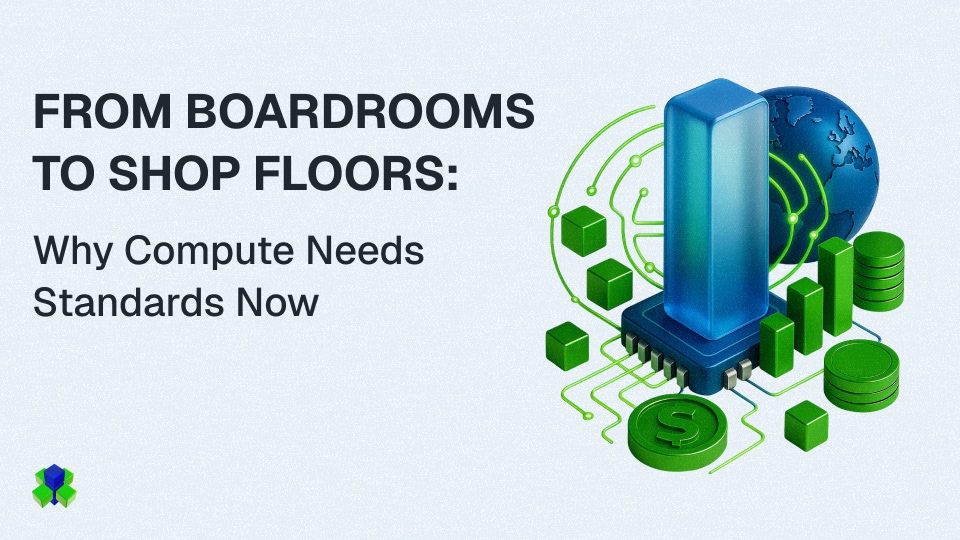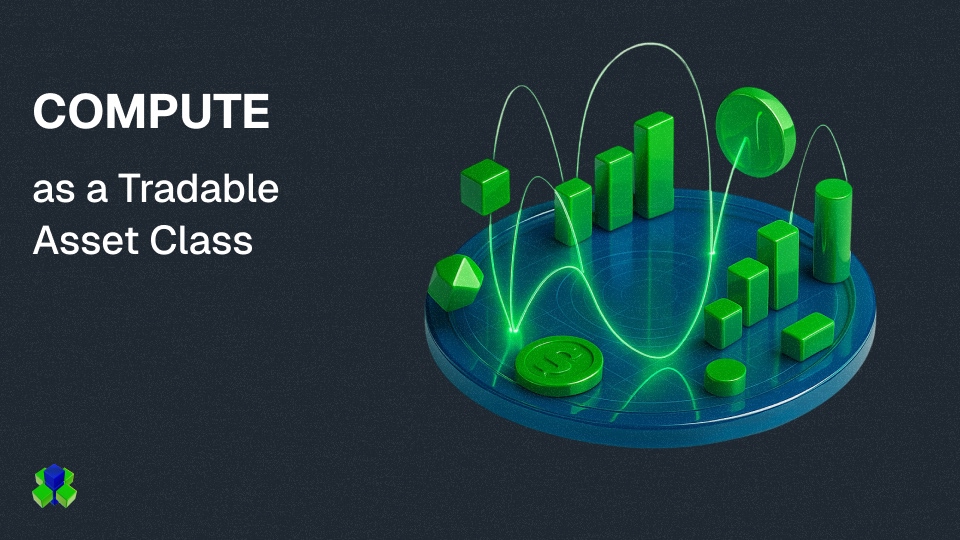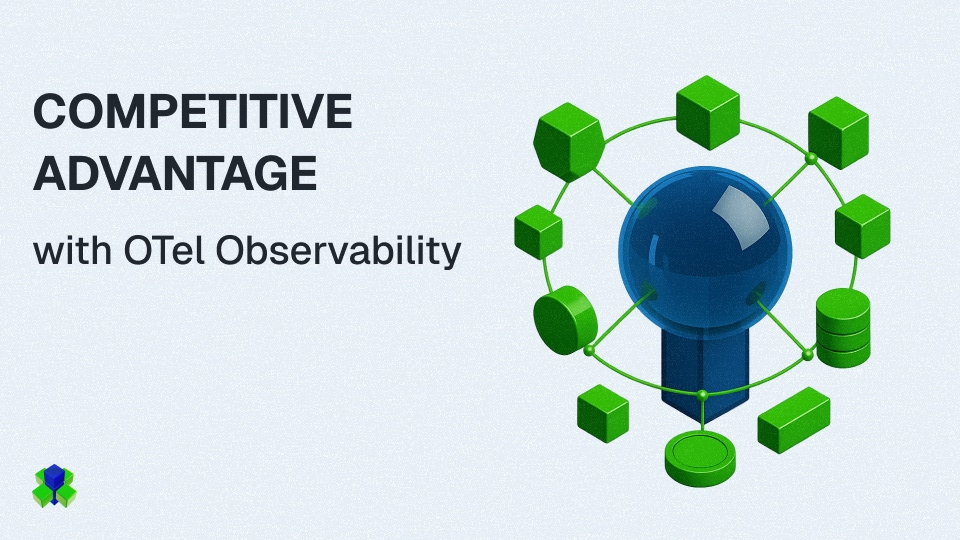October 24, 2025
%20Post%20Hero%20v1.2.jpg)
IT Risk Management has long been a key part of Enterprise Risk Management (ERM). Its main goal is to protect and ensure the reliability of an organization’s technology systems. Often, regulatory frameworks shape these risk management practices by setting rules, minimum standards, and accountability requirements. These frameworks don’t just mandate compliance—they also serve as best practices, helping organizations identify, assess, and mitigate IT risks effectively.
While traditional risk categories remain important, a new set of trends is reshaping the risk landscape:
These factors are exerting significant pressure on compute demand and cost, creating a new strategic exposure that warrant heightened attention: Compute Risk.
Compute power is no longer just a technical resource—it is central to an organization’s ability to operate and deliver value. Companies rely on constant access to digital infrastructure for transactions, analytics, customer engagement, automation, and decision-making. Yet, many risk frameworks assume affordable computing capacity will always be available, overlooking the fragility of the systems behind it.
Failing to manage compute risk can leave businesses exposed to serious disruptions or constraint growth. A data center outage, for example, can halt operations just as much as a financial crisis. Similarly, a cloud service interruption can affect an entire supply chain. Recognizing compute risk as its own category emphasizes the need to manage these dependencies with the same care as other critical risk areas.
Unlike traditional IT risks, such as software failures or cybersecurity threats, compute risk is shaped by factors outside the organization’s immediate control:
These factors show why traditional IT risk approaches alone aren’t enough to manage compute risk effectively.
To address compute risk, organizations need to evolve their governance and risk management practices:
As organizations continue to digitize, compute risk is a critical vulnerability that requires active oversight. Expanding risk management to include macro-level factors—like supply chain fragility, energy reliability, and water dependency—helps enterprises remain resilient in a resource-constrained and interconnected world. By treating compute risk as its own category, organizations and governments can better protect the foundation upon which innovation, competitiveness, and societal progress depend.
%20Post%20Hero%20v1.2.jpg)






